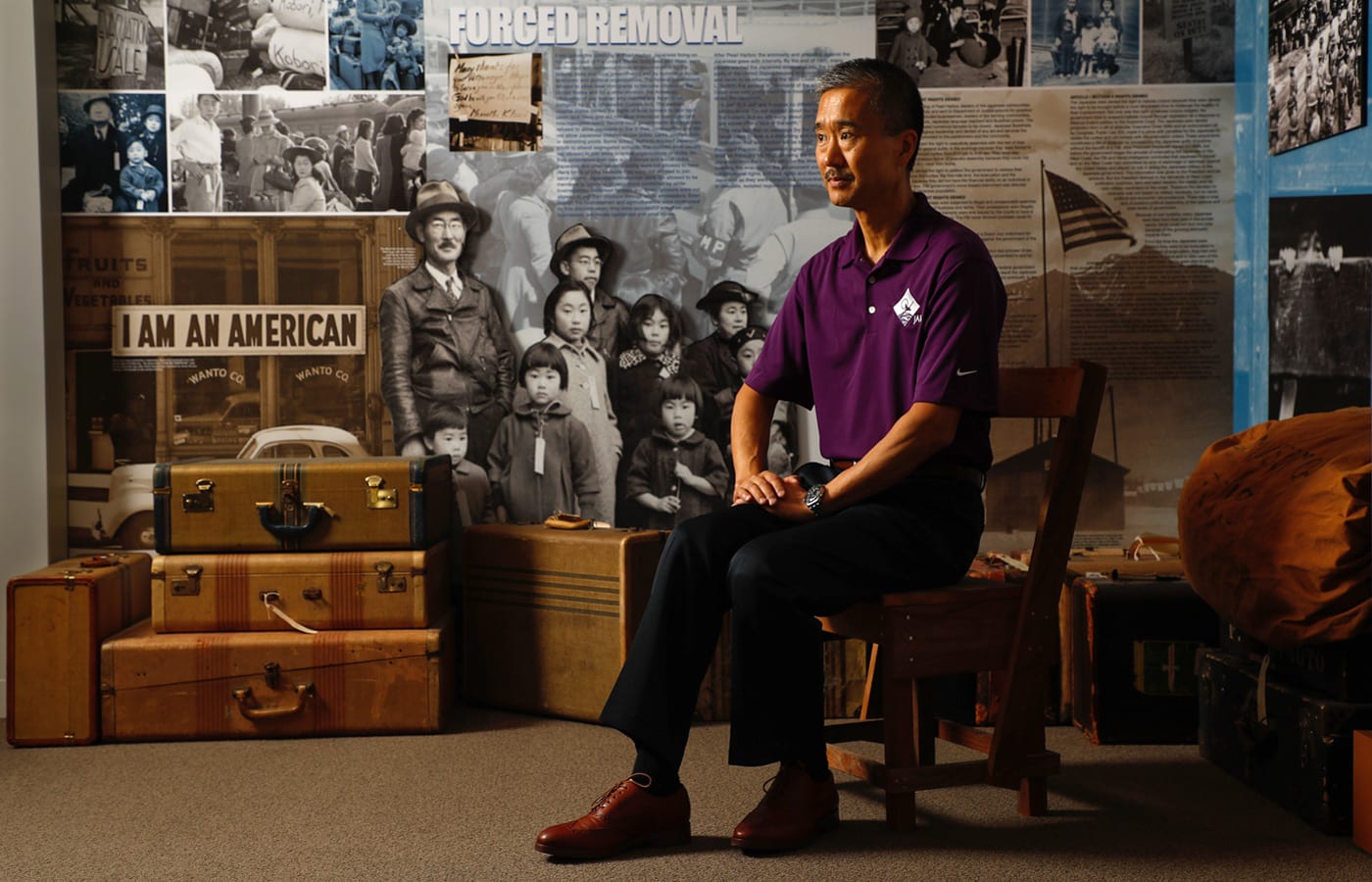Michael Sera: Be the Bridge
In between is where Michael Sera thrives. He travels back and forth between cultures, past and present, business and community work, attempting to help people understand each other.
“The fact that my parents came to the United States after World War II had a big influence on how they raised me,” says Sera, ’86 Electrical Engineering, a veteran of the semiconductor industry and board president of San Jose’s Japanese American Museum. “At home, I was raised Japanese, both with language and culturally. The minute I stepped outside, I was in America, so I was able to assimilate to both cultures. That had a huge influence on my career.”
Every other month, Sera travels to Japan for his consulting firm, which is focused on “bridging the technology and culture gap between Japan and North America.” His background in semiconductor technologies allows him to interface with Japanese customers and with the American semiconductor manufacturers. But it’s not just about technology, he explains. The Japanese are adamant about quality. U.S. suppliers sometimes don’t understand why it matters to their Japanese customers that there’s a scratch on a case or if a label’s incorrect. If the outside is poorly managed, the Japanese can’t imagine what the insides look like. “I help bridge that gap,” says Sera.
As board president of the museum, Sera bridges the past and present, while planning for the museum’s future. The museum celebrated its 30th anniversary in 2017 and, in recent years, Sera has seen a huge uptick in museum visitors. Some large school groups bring hundreds of students every year. With a mission to “collect, preserve and share Japanese-American history, culture and arts,” Sera asks: “How do we sustain this story and share it with generations to follow?”
For such questions, he might have asked the late curator and co-founder of JAMsj, Jimi Yamaichi, for advice. As someone who lived through the internment first hand, he was a wealth of information as well as a craftsman. He saw his life as an example, working tirelessly until he passed away at 95. Duty to tradition, family and community informs Sera’s approach.
Sera likes to finish the museum tours he gives in both English and Japanese with the story of the 442nd Infantry Regiment, composed of second-generation American soldiers of Japanese ancestry who fought in World War II—who, like Sera, helped to bring understanding through their actions.
“They were really fighting two battles: in the European theater and at home,” says Sera of the 442nd. “They had the courage to show their loyalty to the U.S. while their families were interned. So many men and women lost their lives to show their loyalty and to make it easier for our generation. To me, that’s an incredible story that we have to preserve.”




